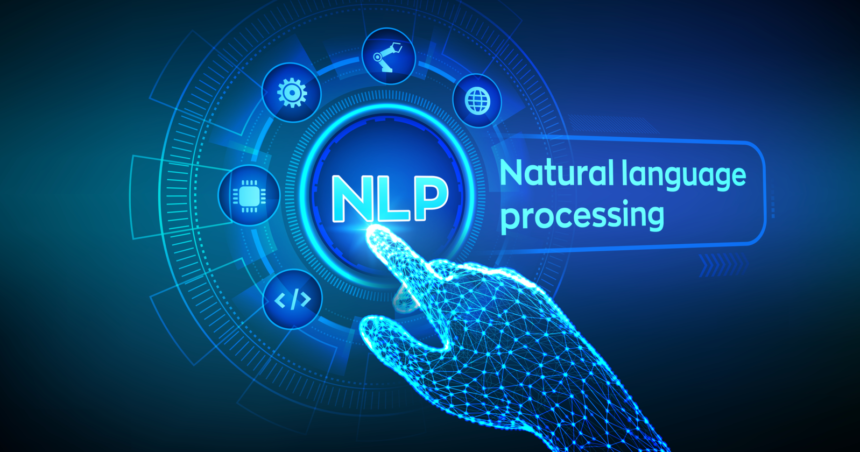Natural Language Processing (NLP) is a branch of artificial intelligence (AI) that deals with the interaction between computers and human languages. It is a field of study focused on the development of algorithms and models that can understand, interpret, and generate human language. The goal of NLP is to enable computers to understand, interpret, and generate human language in a way that is similar to how humans do.
Some of the common NLP tasks include:
Text classification: Assigning predefined categories to a given text.
Named entity recognition: Identifying and classifying named entities such as people, organizations, and locations in a given text.
Sentiment analysis: Identifying the sentiment (e.g. positive, negative, neutral) of a given text.
Machine translation: Translating the text from one language to another.
Text summarization: Generating a summary of a given text.
Text generation: Generating new text based on a given prompt or context.
NLP is used in a wide range of applications such as chatbots, virtual assistants, automated customer service, and text-to-speech systems. It also plays an important role in natural language understanding, which is a key technology for AI-powered applications such as search engines, language-based navigation, and question-answering systems.
A few examples of NLP that people use every day are:
- Spell check
- Autocomplete
- Voice text messaging
- Spam filters
- Related keywords on search engines
- Siri, Alexa, or Google Assistant
- Email filters
- Smart aids
- Search results
- Predictive text
- Language Translation
- Digital phone calls
- Data analysis
- Text analytics
These are only a few examples of a technology that is growing at a very fast pace and is only expected to grow even more in the coming future.
Overall, NLP is a field that aims to make computers more human-like in their understanding of natural language, and the technology is continually improving and becoming more sophisticated. Hence, lookout for it.
For more such content, keep reading @techinnews



